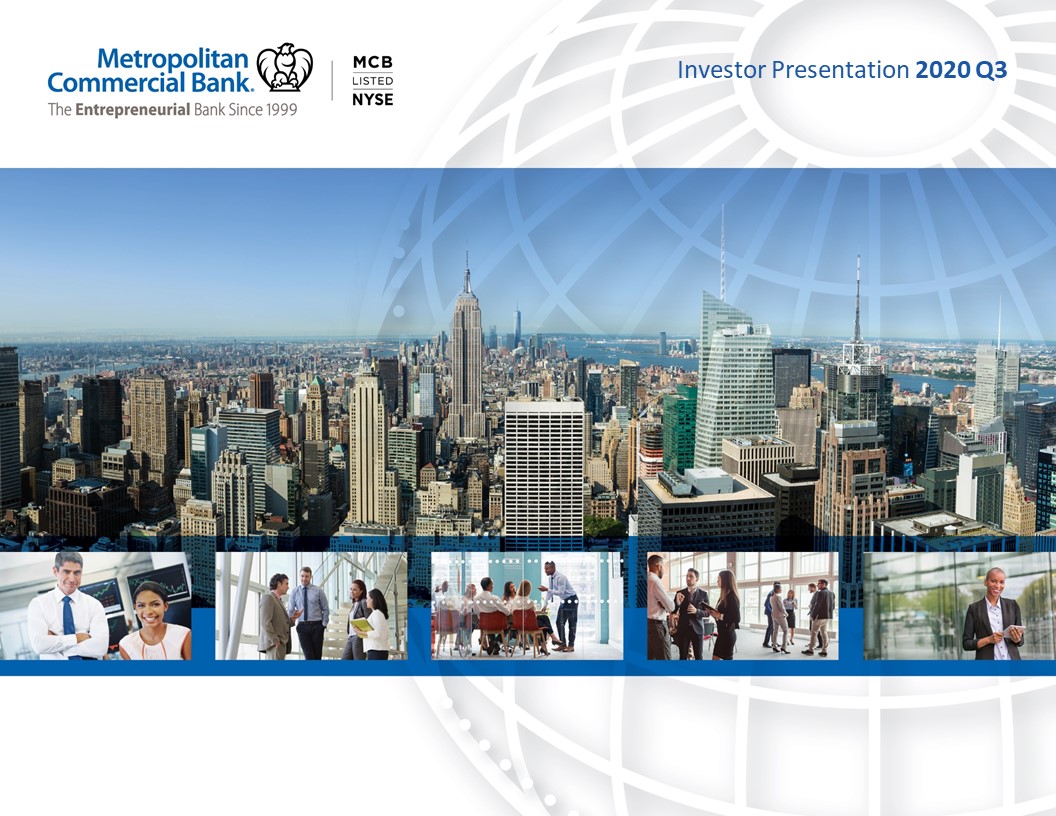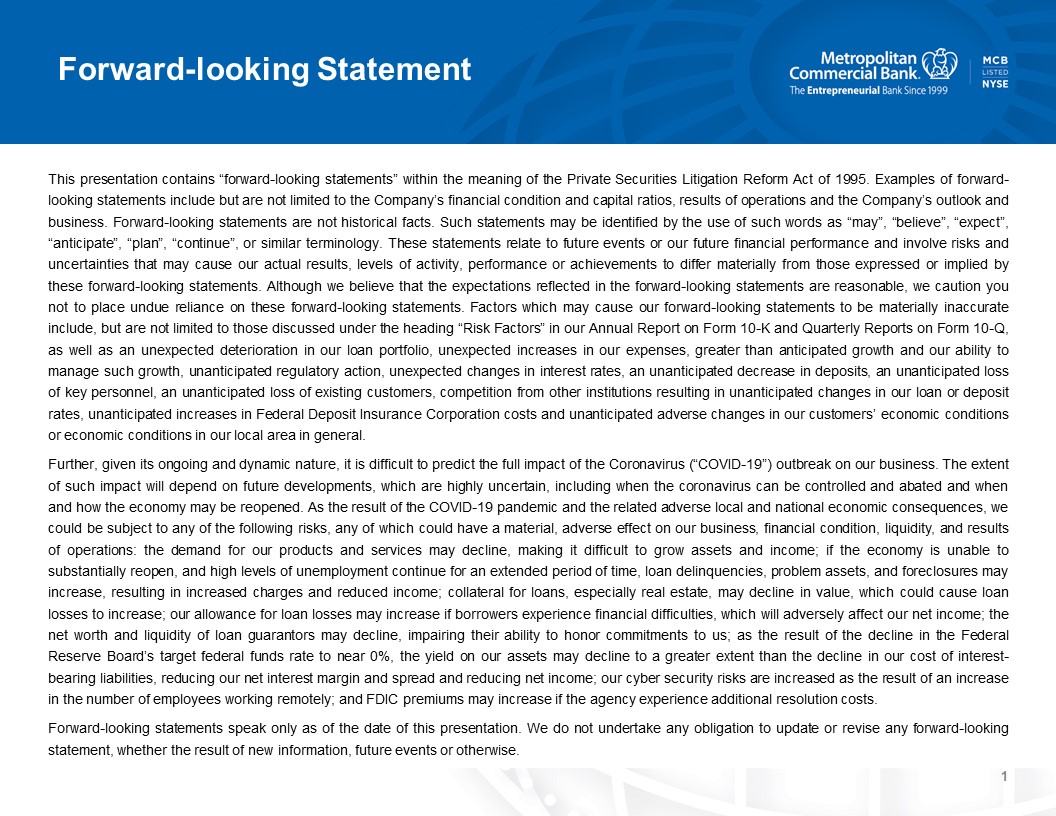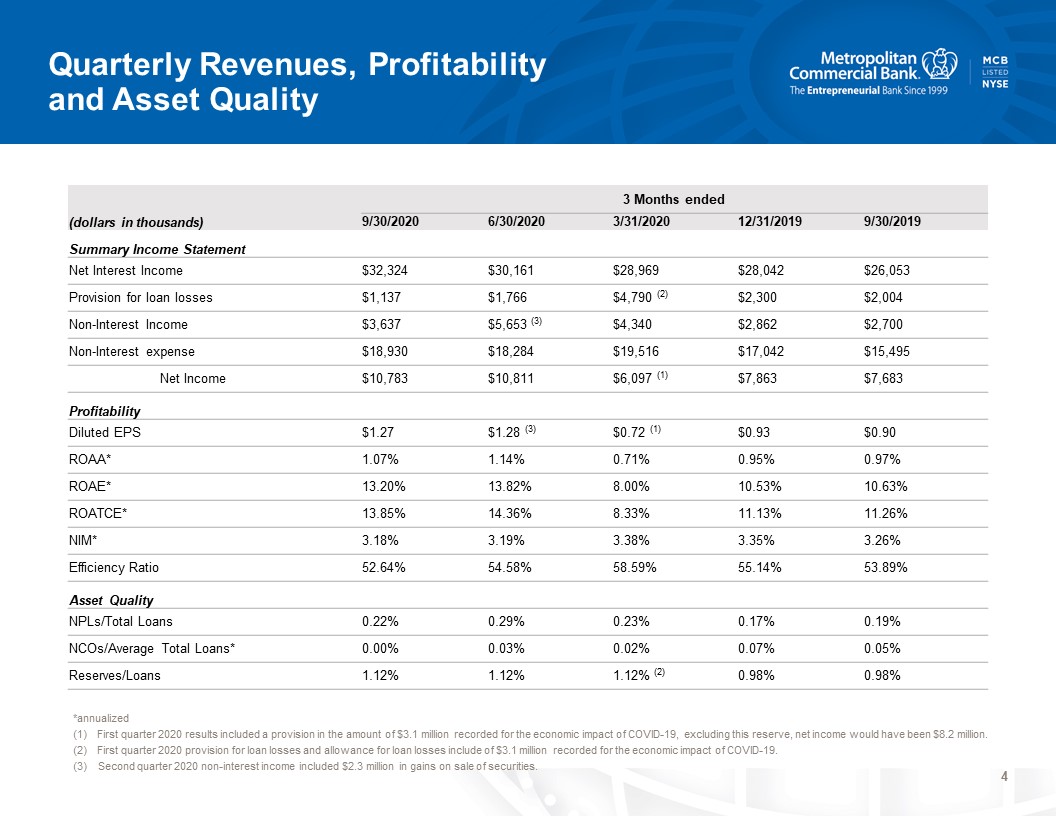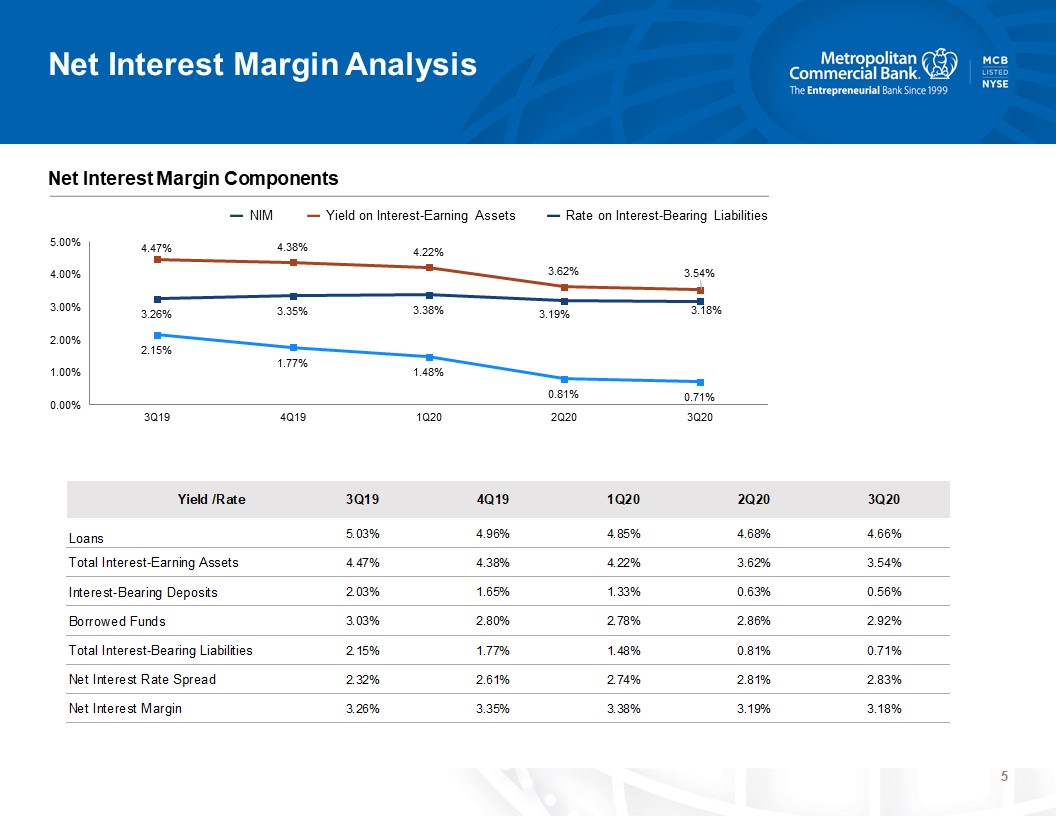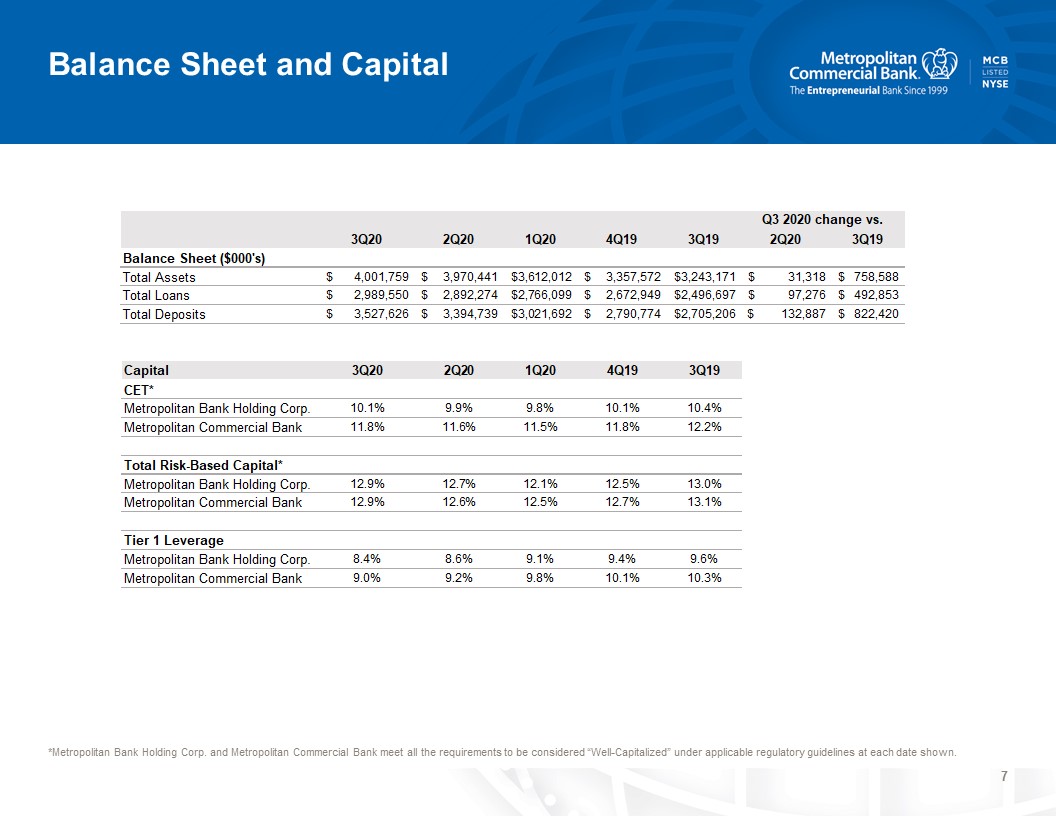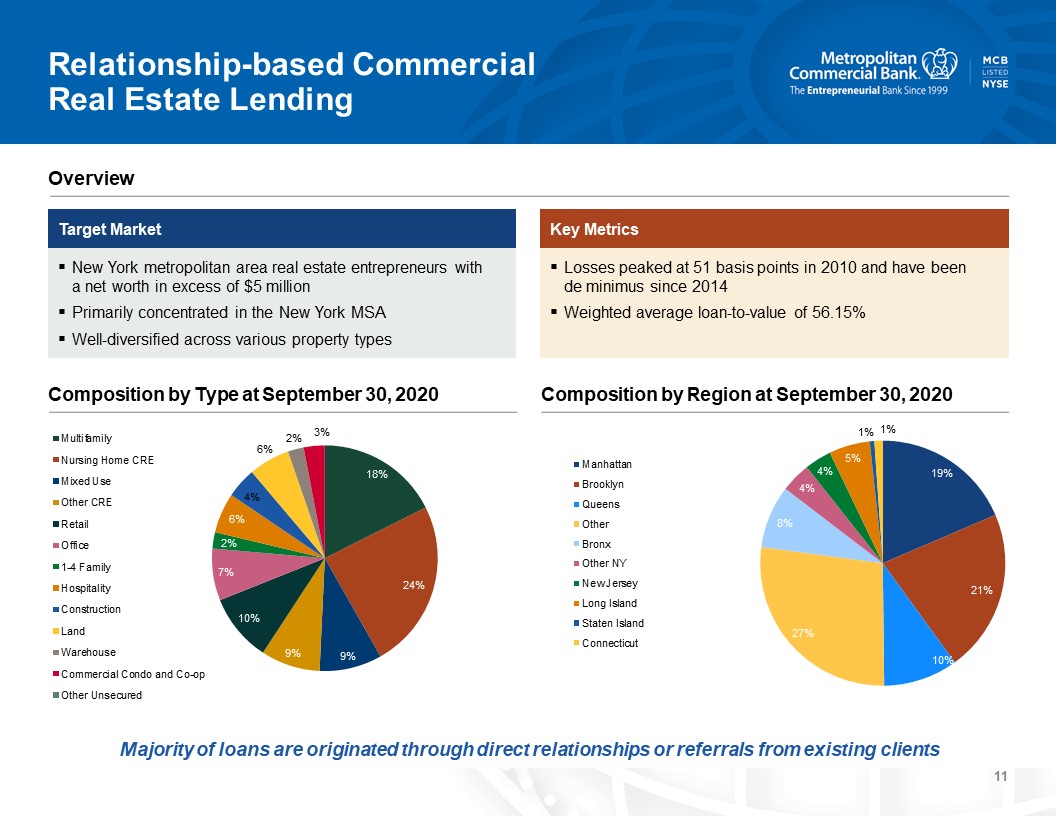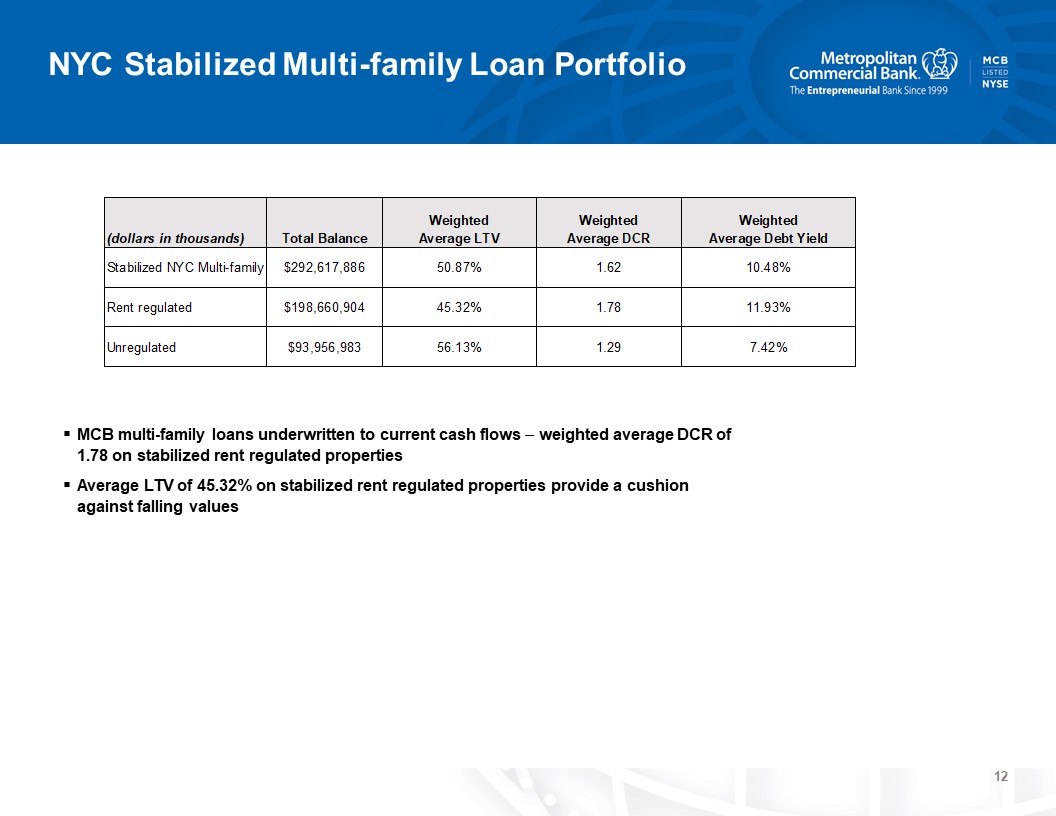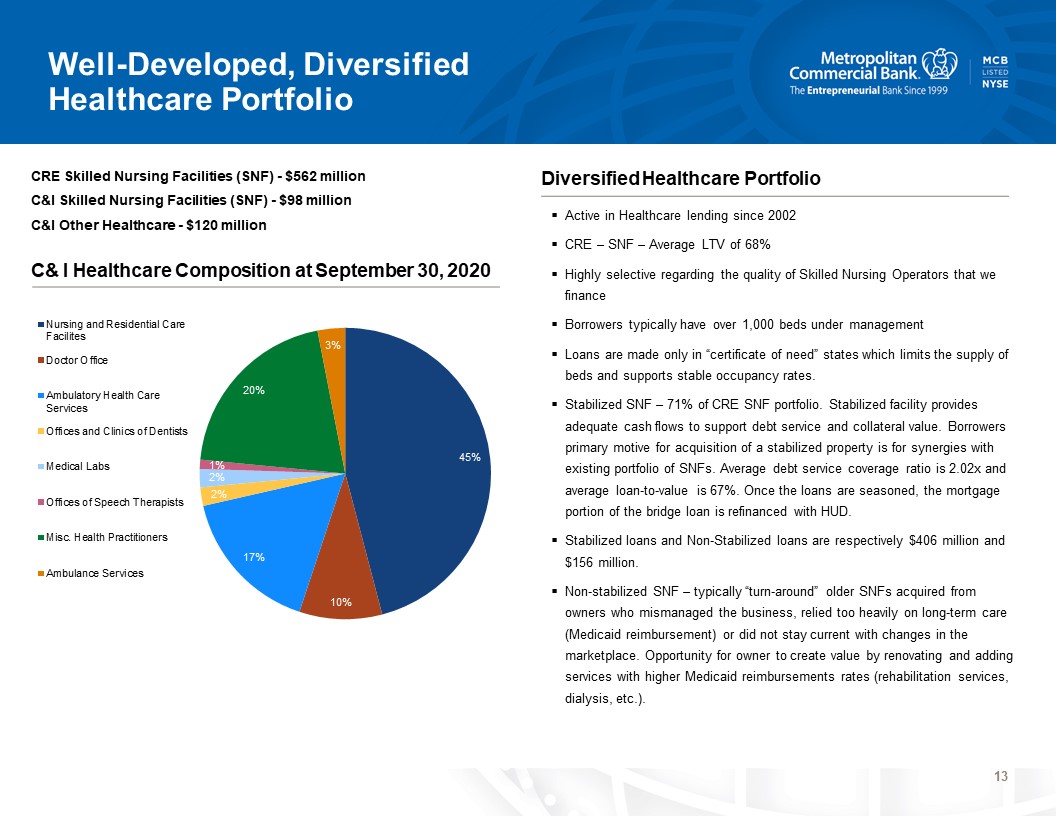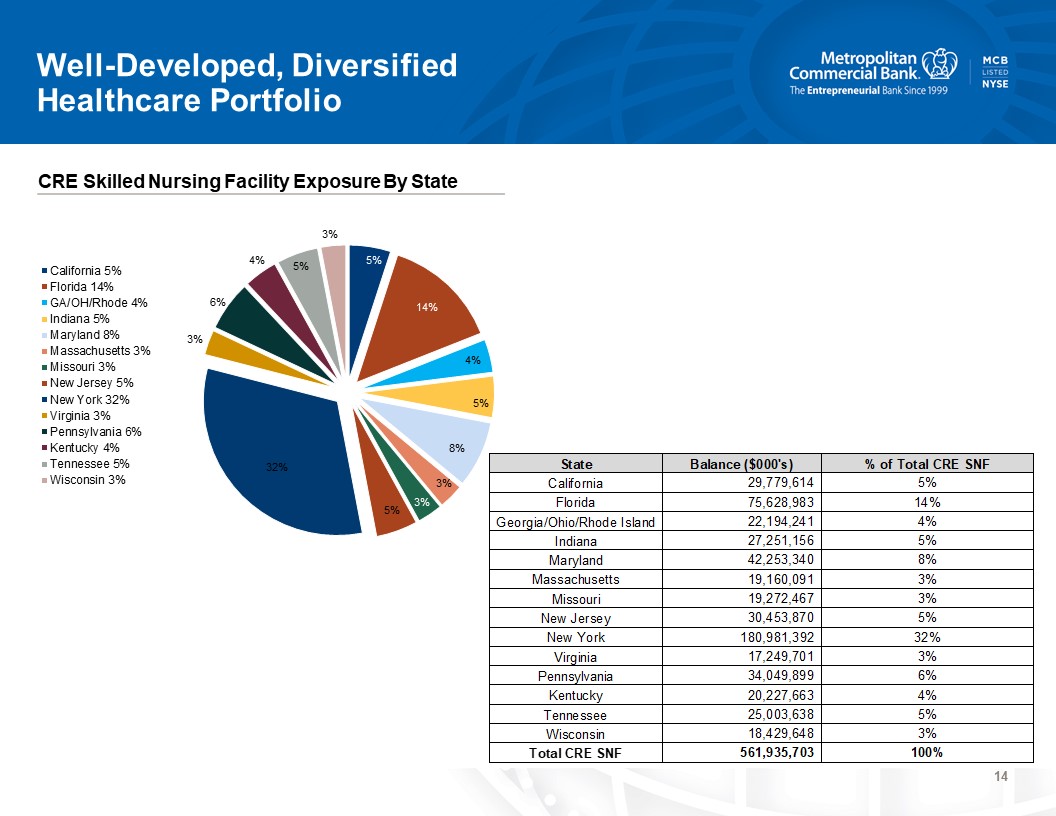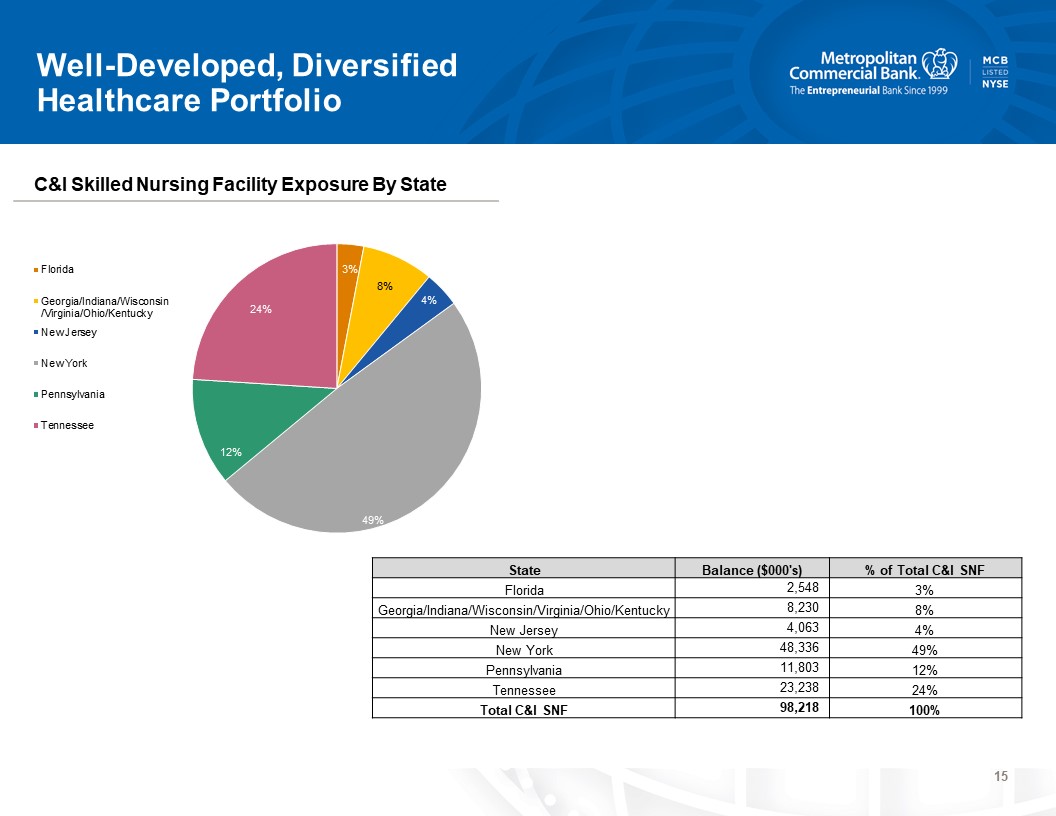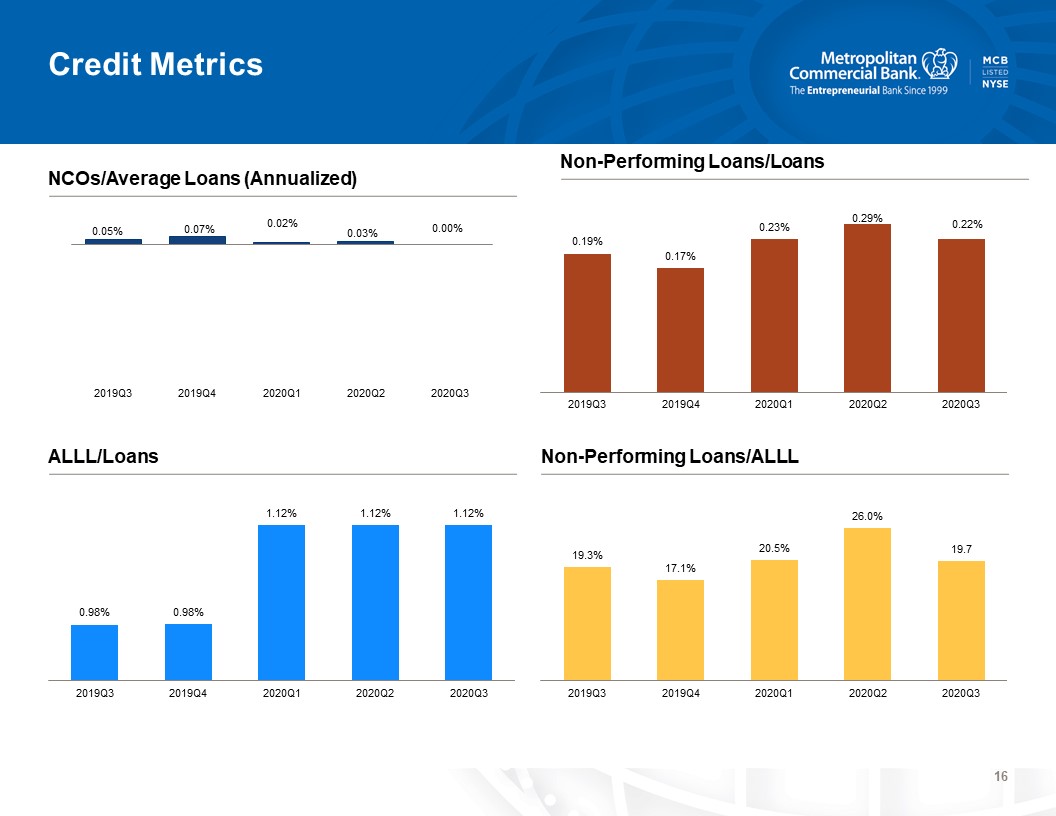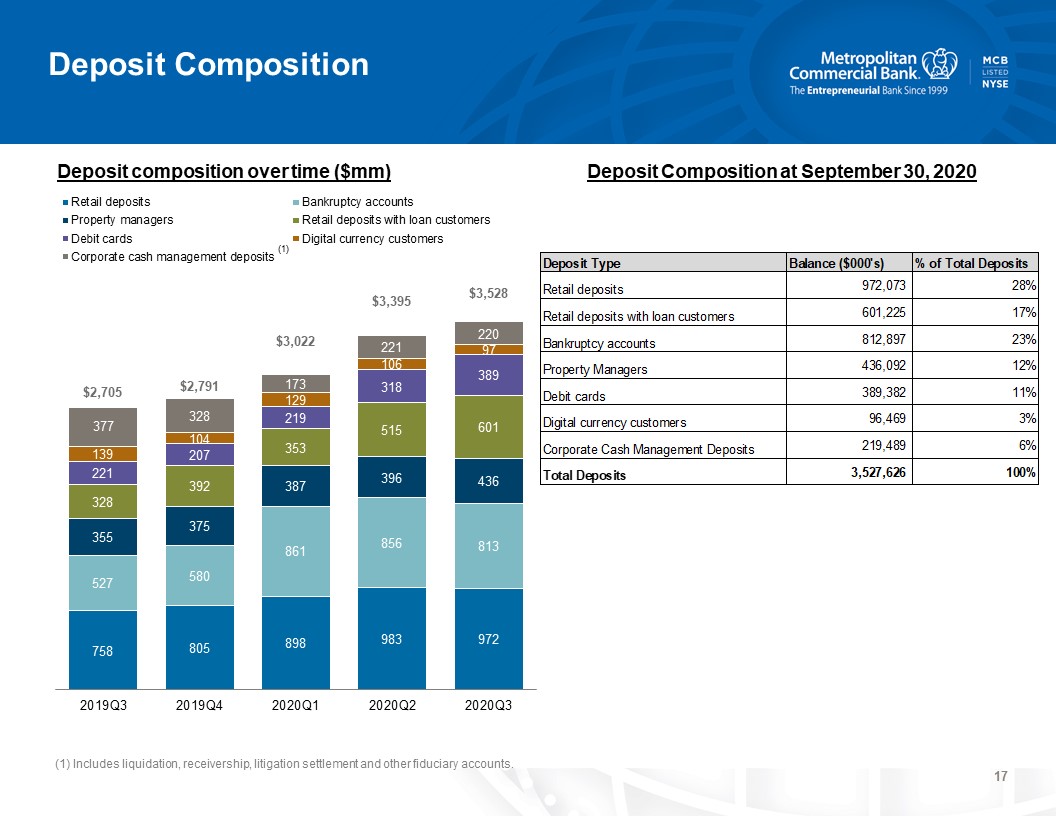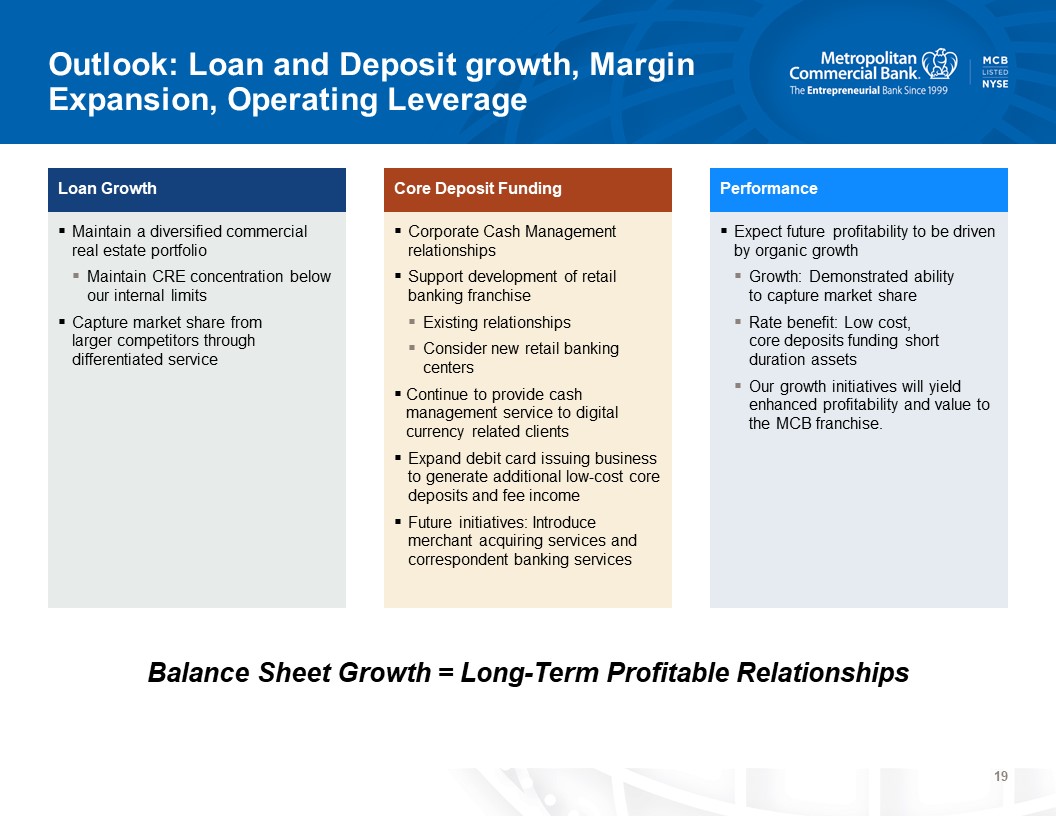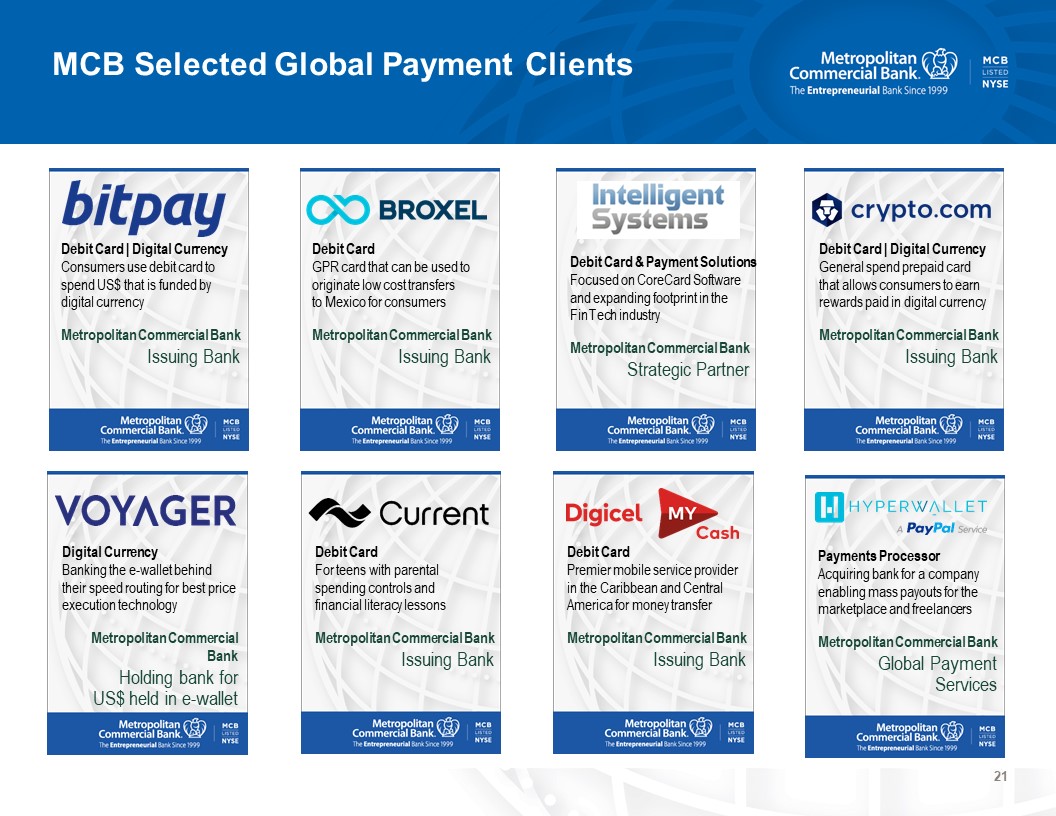Forward-looking Statement This presentation contains “forward-looking statements” within the meaning of the Private Securities Litigation Reform Act of 1995. Examples of forward-looking statements include but are not limited to the Company’s financial condition and capital ratios, results of operations and the Company’s outlook and business. Forward-looking statements are not historical facts. Such statements may be identified by the use of such words as “may”, “believe”, “expect”, “anticipate”, “plan”, “continue”, or similar terminology. These statements relate to future events or our future financial performance and involve risks and uncertainties that may cause our actual results, levels of activity, performance or achievements to differ materially from those expressed or implied by these forward-looking statements. Although we believe that the expectations reflected in the forward-looking statements are reasonable, we caution you not to place undue reliance on these forward-looking statements. Factors which may cause our forward-looking statements to be materially inaccurate include, but are not limited to those discussed under the heading “Risk Factors” in our Annual Report on Form 10-K and Quarterly Reports on Form 10-Q, as well as an unexpected deterioration in our loan portfolio, unexpected increases in our expenses, greater than anticipated growth and our ability to manage such growth, unanticipated regulatory action, unexpected changes in interest rates, an unanticipated decrease in deposits, an unanticipated loss of key personnel, an unanticipated loss of existing customers, competition from other institutions resulting in unanticipated changes in our loan or deposit rates, unanticipated increases in Federal Deposit Insurance Corporation costs and unanticipated adverse changes in our customers’ economic conditions or economic conditions in our local area in general.Further, given its ongoing and dynamic nature, it is difficult to predict the full impact of the Coronavirus (“COVID-19”) outbreak on our business. The extent of such impact will depend on future developments, which are highly uncertain, including when the coronavirus can be controlled and abated and when and how the economy may be reopened. As the result of the COVID-19 pandemic and the related adverse local and national economic consequences, we could be subject to any of the following risks, any of which could have a material, adverse effect on our business, financial condition, liquidity, and results of operations: the demand for our products and services may decline, making it difficult to grow assets and income; if the economy is unable to substantially reopen, and high levels of unemployment continue for an extended period of time, loan delinquencies, problem assets, and foreclosures may increase, resulting in increased charges and reduced income; collateral for loans, especially real estate, may decline in value, which could cause loan losses to increase; our allowance for loan losses may increase if borrowers experience financial difficulties, which will adversely affect our net income; the net worth and liquidity of loan guarantors may decline, impairing their ability to honor commitments to us; as the result of the decline in the Federal Reserve Board’s target federal funds rate to near 0%, the yield on our assets may decline to a greater extent than the decline in our cost of interest-bearing liabilities, reducing our net interest margin and spread and reducing net income; our cyber security risks are increased as the result of an increase in the number of employees working remotely; and FDIC premiums may increase if the agency experience additional resolution costs.Forward-looking statements speak only as of the date of this presentation. We do not undertake any obligation to update or revise any forward-looking statement, whether the result of new information, future events or otherwise.
